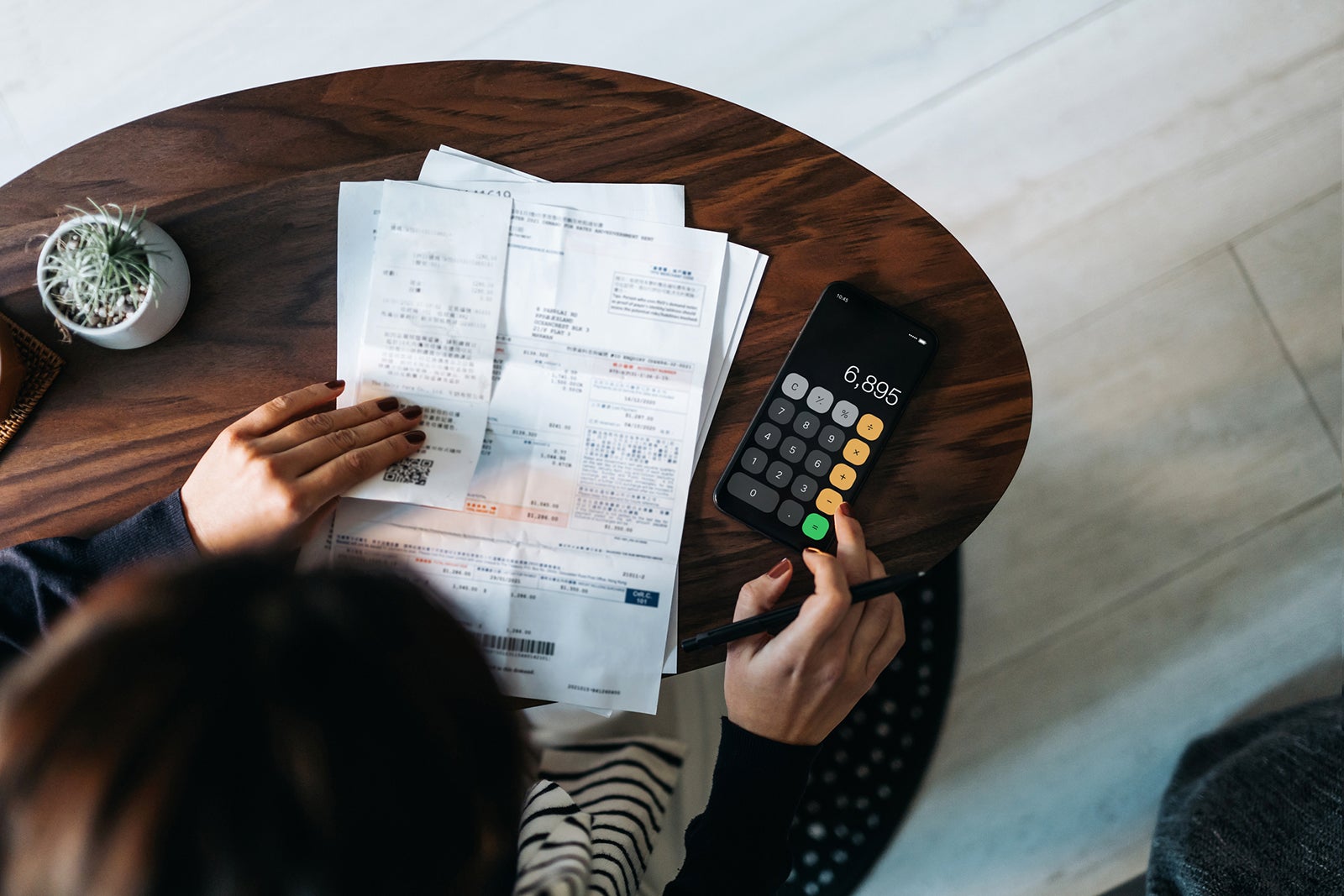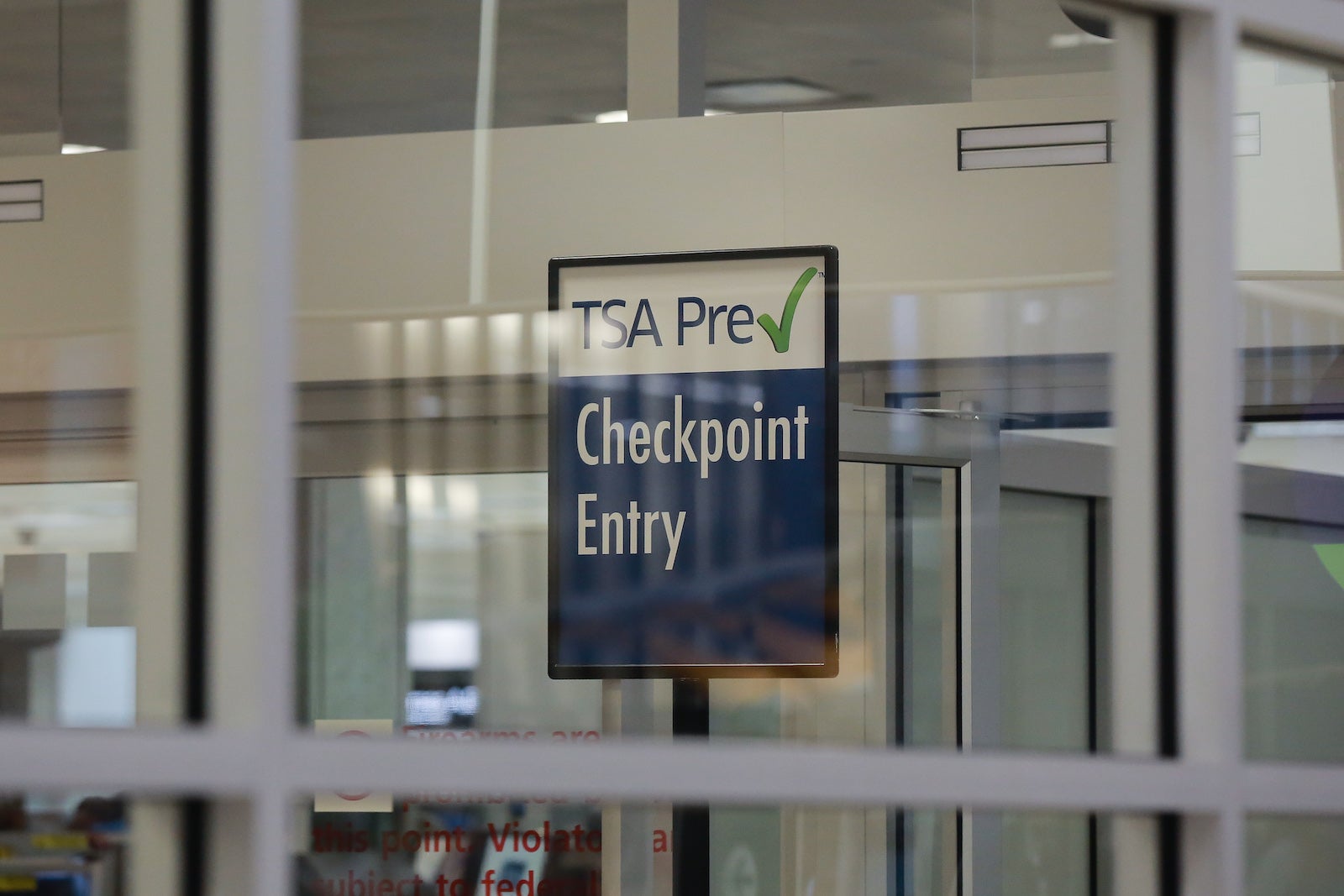What is the prime interest rate for credit cards?
When you apply for a credit card, you’ll be presented with several disclosures covering everything from card benefits and fees to the card’s annual percentage rate.
Many people don’t realize that the APR — which reflects the total yearly cost of borrowing money — is pinned to the Federal prime rate and, therefore, the credit card holder’s interest rate.
We will take an in-depth look at the prime rate for credit cards, how it is set, its effect on your card’s interest rate and how to protect yourself from changes to the prime rate.
What is the prime rate for credit cards?
The prime rate is one of the factors banks and other lenders use to establish APRs on credit cards and most types of loans. The prime rate affects what your interest rate will be and, therefore, how much you will have to pay if you’re subject to interest charges.
While the prime rate is a basis for credit card interest rates, it doesn’t mean that your credit card’s APR will match the prime rate.
For example, despite the prime interest rate being 8.5% in late January 2024, cardholders should not expect to pay 8.5% APR on their credit cards, even with a good credit score. The prime rate only acts as a foundation. Credit card issuers determine the interest rate, and the average rate currently in the market is around 20%.
Related: 8 Best 0% APR and low interest credit cards
How is the prime rate set?
Generally speaking, the prime rate is derived from the Federal Reserve’s funds rate, which is the interest rate set by the Federal Reserve Board. Typically, the prime rate is three percentage points higher; as of late January 2024, the Federal Reserve’s rate is 5.5%, which correlates to the 8.5% prime rate.
Unfortunately for borrowers, the Federal Reserve has been increasing rates since early 2022. These regular increases in the Federal Reserve’s funds rate have corresponded to an increase in the prime rate and, thus, an increase in credit card APRs.

Daily Newsletter
Reward your inbox with the TPG Daily newsletter
Join over 700,000 readers for breaking news, in-depth guides and exclusive deals from TPG’s experts
However, any rate cuts from the federal fund rate will also lower the prime rate; this lowers credit card APRs and interest consumers must pay on their credit cards.
Related: Our 2024 credit card predictions: Higher fees, lower interest rates and superior technology
What effect does the prime rate have on your interest rate?
Most credit cards have a variable interest rate or variable APR based on the prime interest rate. Therefore, the APR can go up or down based on the prime rate, and the issuer is not required to notify you when the variable rate changes due to the prime interest rate changes.
The best way to keep track of the variable APR on your credit cards is to look at your monthly credit card statements. You may or may not see your interest rate rising or down a few points.
If you pay your balance in full every month, you don’t need to worry about paying any interest on your charges; however, if you carry a balance every month or from time to time, it’s best practice to keep an eye on your interest rate.
Related: Credit card debt hits all-time high of $1 trillion — here’s how to consolidate and pay off your debt
How to protect your finances
Changes to a credit card prime rate are not within your control. What is in your control is whether or not you are charged interest on your credit cards.
The best way to protect yourself from the impact of higher prime rates on your credit card APR is to pay off your statement balance in full every month so that you don’t pay any interest.
Even if $1 remains from your previous statement balance when the next statement closes, you will be charged interest.
To stay on top of your payments, we recommend that you set up autopay to ensure your statement balance is paid monthly. It’s always best practice not to carry a monthly balance. It is also a fiscally smart move not to use your credit card if you cannot afford to pay it off within one or two statement balances.
If you prefer not to set up automatic payments, set calendar reminders to remind yourself to make your credit card payments on time.
Related: Staying organized: The best apps for money management
Bottom line
The prime rate for credit cards can affect how much or how little interest you pay on your credit card. Over the last two years, we have seen the prime rate continuing to increase, which has left cardholders paying more interest on their outstanding credit card balances.
Whether the prime rate goes up or down, paying your balances in full each month is the best way to avoid any interest.










